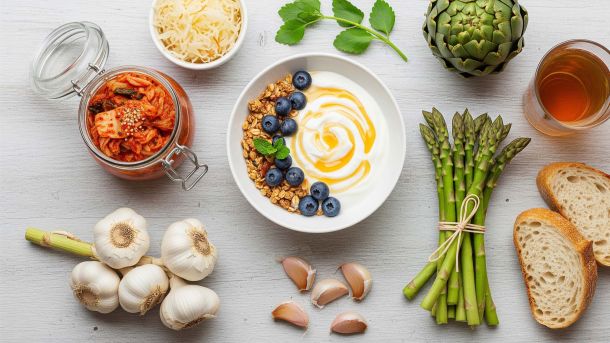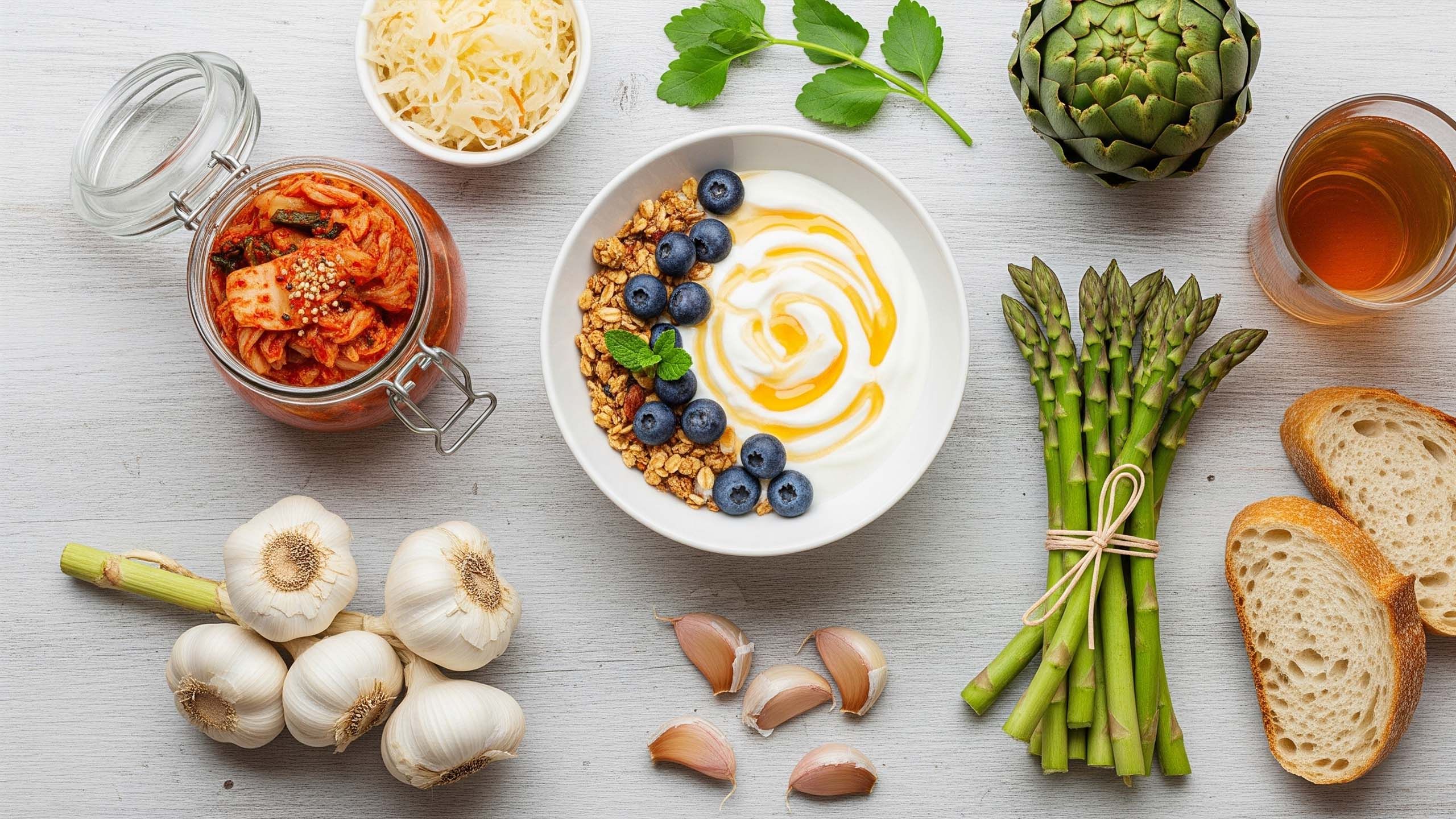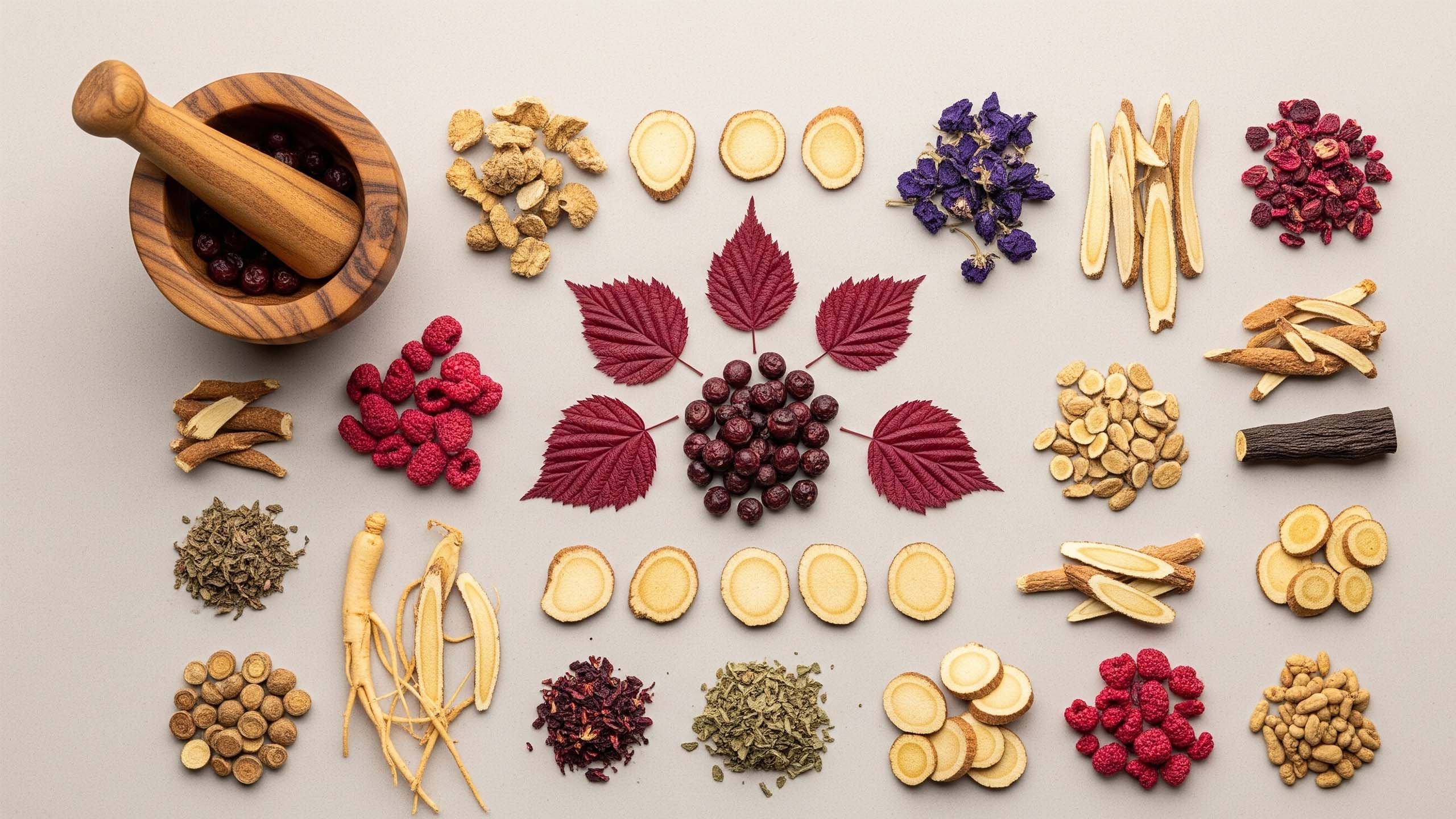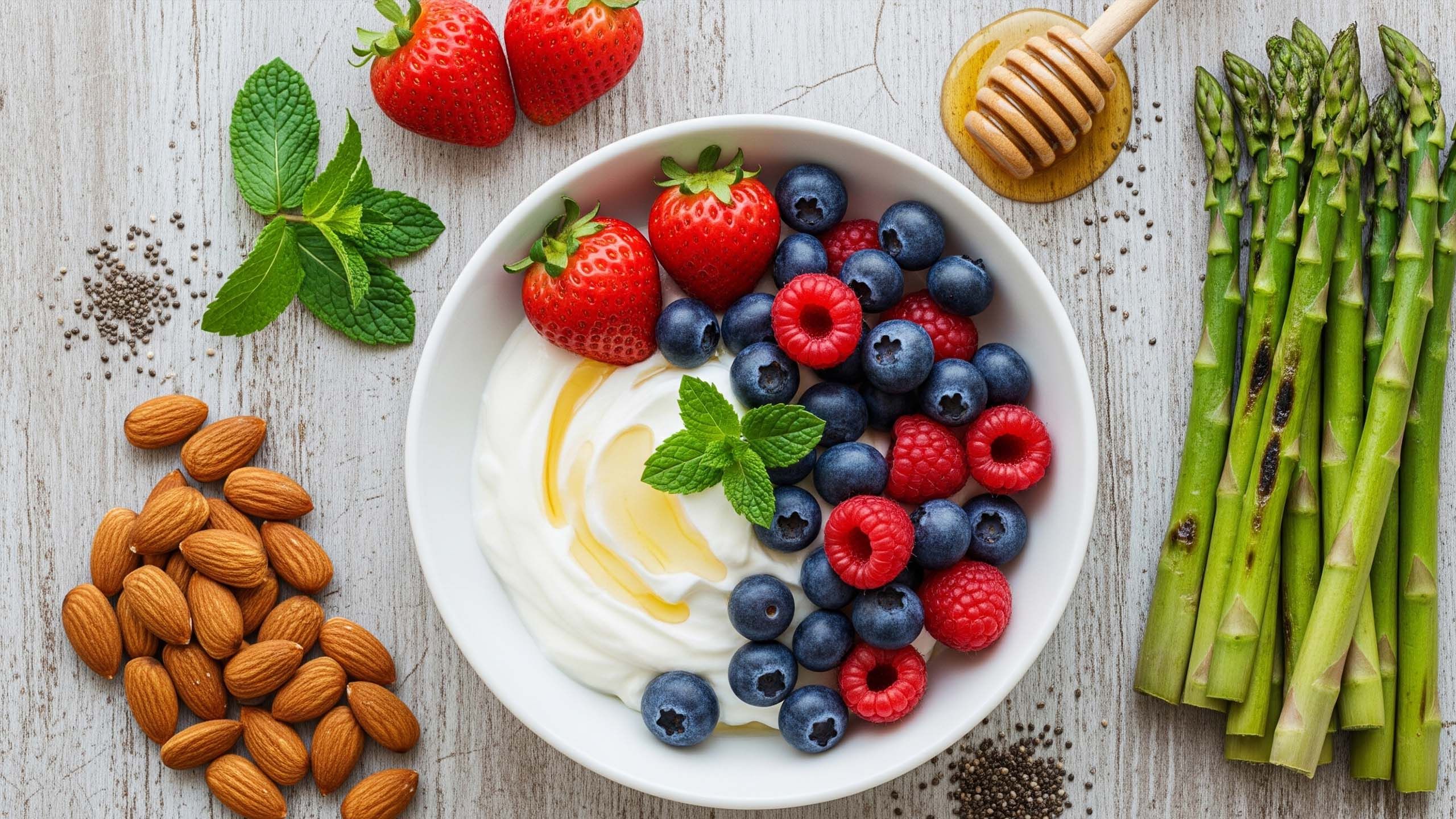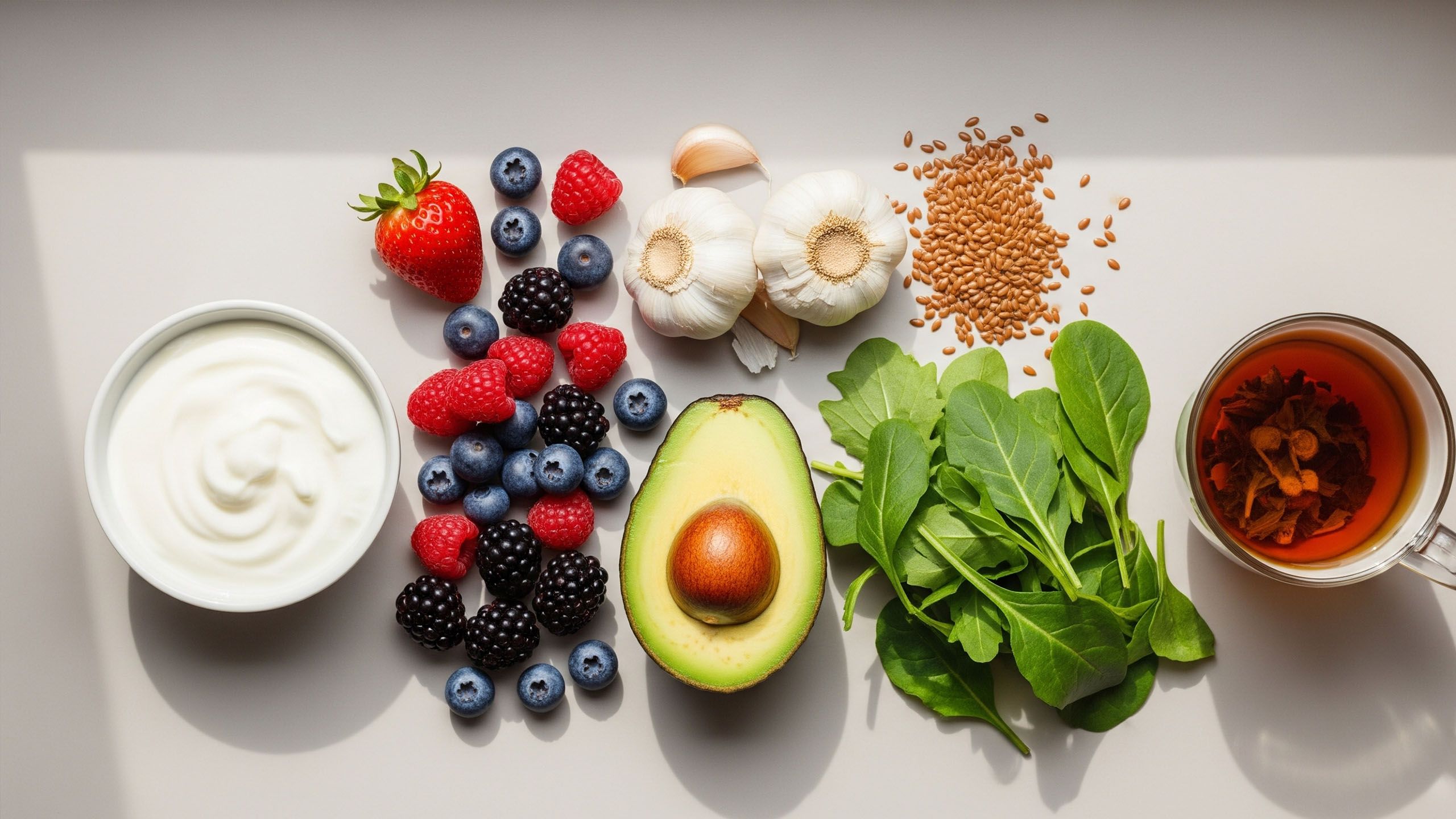The Link Between Diet and Vaginal Health
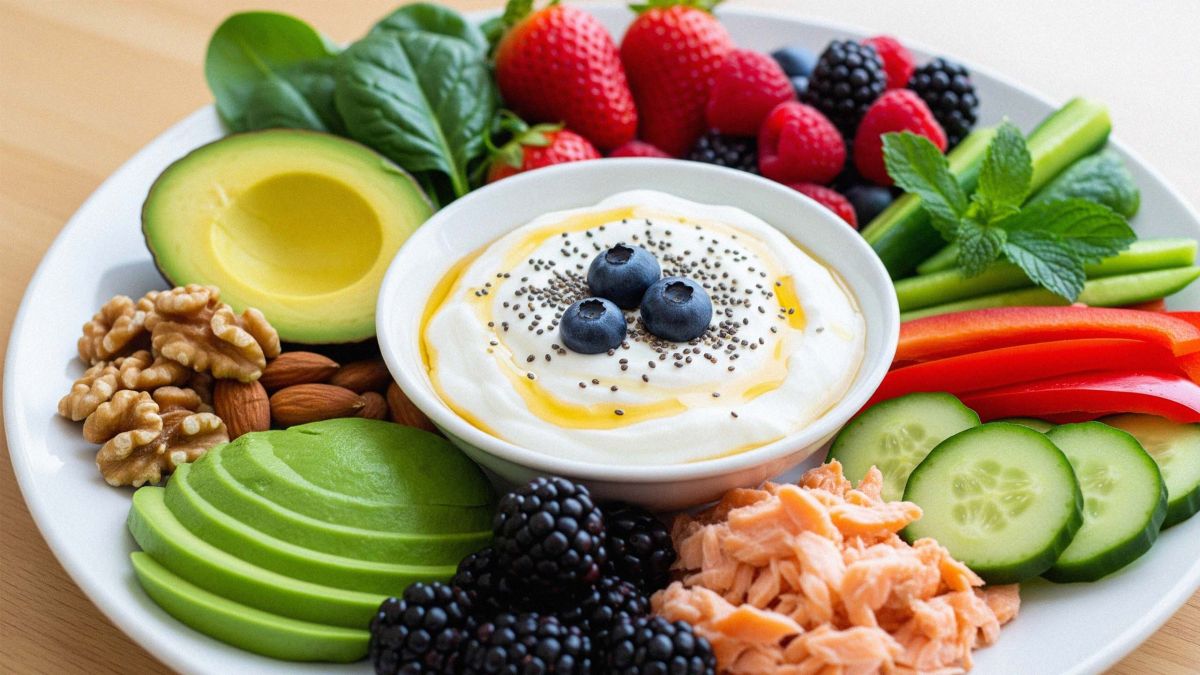
The Link Between Diet and Vaginal Health
In the everyday rhythm of life, what we eat often shapes more than just our energy levels or waistlines—it can quietly influence aspects of our well-being that we might not always consider. Vaginal health, for instance, relies on a delicate balance of bacteria, pH levels, and immune support, all of which can shift based on dietary choices.
Research over the past few decades has begun to uncover these connections, showing how certain foods and nutrients might help maintain a healthy vaginal environment, while others could tip the scales toward discomfort or infections. This article explores these findings in a straightforward way, drawing from scientific studies to offer practical insights for anyone looking to understand this often-overlooked link.
Understanding the Vaginal Microbiome
At the heart of vaginal health is the microbiome—a community of microorganisms, mostly bacteria, that lives in the vagina. A healthy microbiome is typically dominated by Lactobacillus species, which produce lactic acid to keep the pH low (around 3.8 to 4.5) and create an environment unfriendly to harmful pathogens. When this balance disrupts, conditions like bacterial vaginosis (BV) or yeast infections can arise, leading to symptoms such as unusual discharge, itching, or odor.
Diet plays a role here because it affects the body's overall microbial ecosystem, including the gut, which in turn can influence the vagina. For example, bacteria from the gut can sometimes migrate to the vaginal area, either helping or hindering the local flora. Studies have shown that what happens in the intestines—shaped by food intake—can impact estrogen metabolism, which promotes glycogen in vaginal cells. This glycogen feeds beneficial Lactobacillus but can also encourage overgrowth of yeast like Candida if not managed well. Everyday habits, from hydration to meal choices, contribute to this interplay, making diet a subtle but significant factor in maintaining equilibrium.
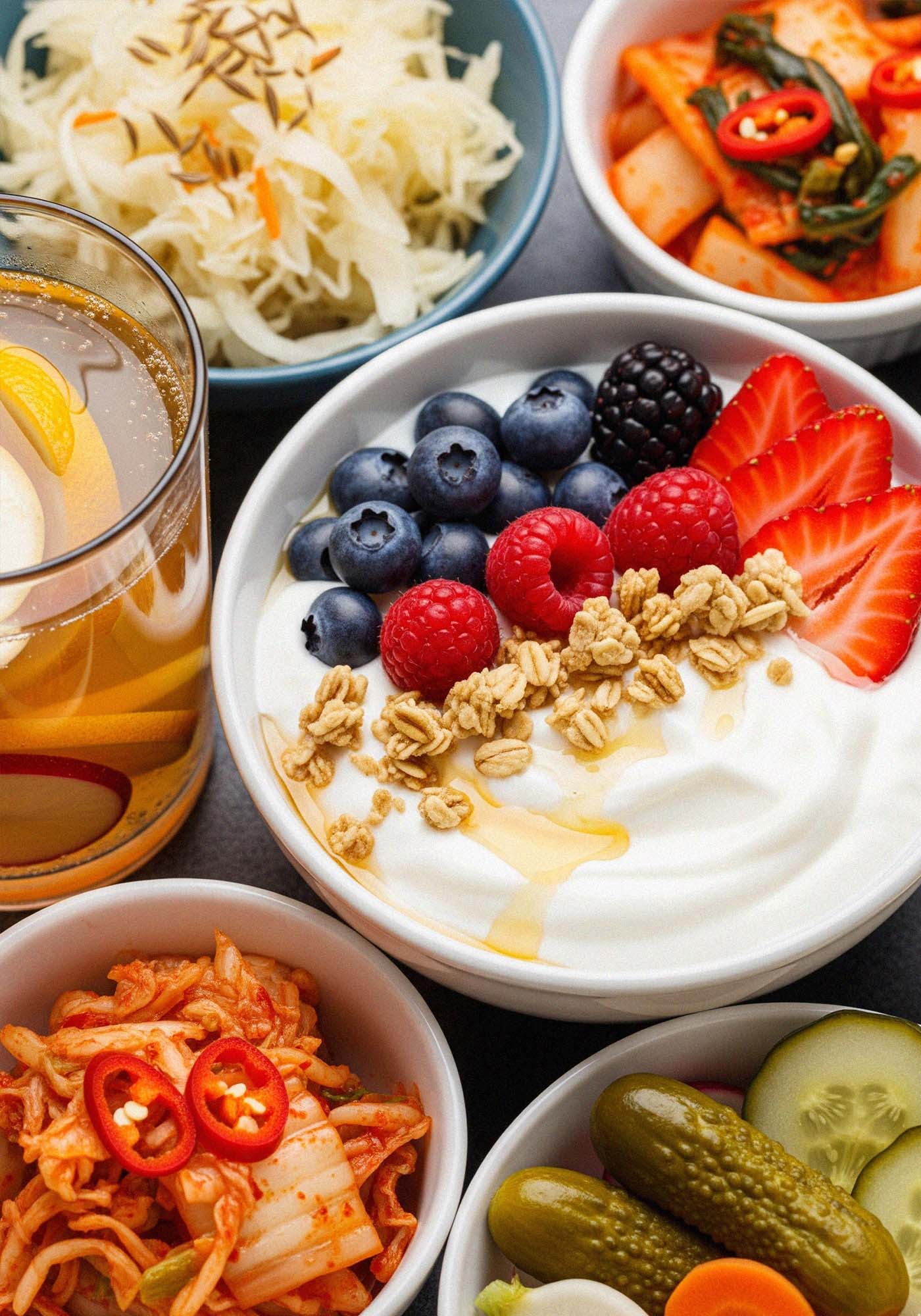
Nutrients and Foods That Promote Balance
Certain foods stand out for their potential to support a healthy vaginal microbiome by fostering good bacteria or providing essential nutrients. Probiotic-rich options, for instance, introduce live beneficial microbes that can help populate the vagina with protective strains. Yogurt with active cultures, kefir, kimchi, sauerkraut, and kombucha are common sources. These foods may aid in preventing imbalances, especially after antibiotics or during times of stress, by bolstering Lactobacillus populations.
Prebiotics, which act as food for these good bacteria, are equally important. Foods like garlic, onions, leeks, asparagus, whole grains, oats, bananas, and soybeans contain fibers that encourage Lactobacillus growth, potentially lowering vaginal pH and reducing the risk of pathogens taking hold. High-fiber diets in general have been linked to a lower prevalence of BV, as fiber supports a microbial environment less prone to dysbiosis.
Vitamins and minerals also matter. Folate, found in leafy greens, beans, and lentils, along with calcium from dairy or fortified alternatives, has shown an inverse association with severe BV—meaning higher intakes might reduce risk. Vitamin A, abundant in sweet potatoes and carrots, supports mucosal health and has been tied to lower BV odds in some populations. Omega-3 fatty acids, from sources like flaxseeds, avocados, fish, nuts, and olive oil, help maintain the vaginal lining's integrity and may promote strains like Lactobacillus crispatus, a key player in eubiosis.
Cranberries deserve a mention for their role in urinary tract health, which indirectly benefits the vagina by preventing infections that could spread. Their compounds hinder bacteria from adhering to urinary walls, reducing UTI risks that often coincide with vaginal issues. Staying hydrated with plenty of water also keeps tissues lubricated and flushes out potential irritants.
In one study of pregnant women, higher scores on the Healthy Eating Index—reflecting diets rich in fruits, vegetables, whole grains, and healthy fats—correlated with increased abundances of beneficial Lactobacillus species like crispatus and gasseri, while lower carbohydrate intakes were linked to more anaerobic bacteria. This suggests that balanced, nutrient-dense meals could foster a resilient microbiome over time.
Foods and Habits to Approach with Caution
On the flip side, some dietary patterns appear to increase vulnerability to imbalances. High sugar intake is a common culprit, as it can fuel yeast overgrowth by providing an ideal energy source for Candida, leading to infections. Diets heavy in sweets, refined carbs, and sugary drinks disrupt good bacteria, raising the odds of yeast or bacterial issues. For those prone to recurrent yeast infections, approaches like limiting sugar aim to starve excess yeast, though evidence is mixed on long-term efficacy.
Fats, particularly saturated types from red meat, fried foods, and processed items, have been associated with higher BV risk. In a large cohort, increased fat consumption showed higher odds for severe BV. Unhealthy patterns, including high intakes of solid oils, desserts, refined grains, and visceral meats, may weaken immune responses, contributing to dryness or infections.
Alcohol consumption has been tied to shifts toward dysbiotic states, with higher intake correlating to more Gardnerella and Ureaplasma species. Meats and dairy with artificial hormones might disrupt the mucosal barrier, though opting for hormone-free versions could mitigate this. High glycemic load diets, from foods like white bread or sugary cereals, have also been linked to BV persistence and acquisition.
Interestingly, while vegetarian diets can introduce beneficial fibers, some research notes they might lead to microbiome fluctuations, though an ovo-vegetarian approach (including eggs, veggies, beans, and whole grains) showed reduced BV risk in higher adherence groups. The key seems to lie in moderation and variety rather than strict avoidance.
| Category | Beneficial Foods | Foods to Limit |
|---|---|---|
| Probiotics & Prebiotics | Yogurt, kefir, kimchi, garlic, onions, bananas | N/A |
| Vitamins & Minerals | Leafy greens, beans, sweet potatoes, fish, nuts | N/A |
| Sugars & Fats | N/A | Sweets, refined carbs, red meat, fried foods |
| Other | Cranberries, water | Alcohol, processed foods |
Addressing Common Conditions Through Diet
For bacterial vaginosis, which affects up to 30% of women at some point, diet's role is emerging. Studies indicate that macronutrient balances matter: higher animal proteins and fats promote dysbiotic communities lacking Lactobacillus, while plant-based proteins, fibers, and starches correlate with fewer pathogens like Gardnerella. No direct link was found between dietary acid load and BV, but overall quality counts.
Yeast infections, often caused by Candida overgrowth, respond similarly to sugar restriction. Avoiding high-sugar and processed foods, while incorporating probiotics like yogurt or apple cider vinegar, may help maintain balance. A balanced diet with lean proteins, fruits, veggies, and whole grains supports immune function, potentially reducing recurrence.
Broader Dietary Patterns for Long-Term Wellness
Rather than focusing on single foods, patterns offer a bigger picture. Diets aligning with healthy eating guidelines—emphasizing veggies, fruits, lean proteins, and healthy fats—tend to support beneficial bacteria and reduce inflammation. For example, a Mediterranean style with nuts, fish, and olive oil showed protective trends against BV. In contrast, Western-style eating high in fats and sugars heightens risks.
Ethnic and individual variations exist; for instance, microbiome responses can differ by background, but core principles hold: nutrient density over empty calories. Combining this with hygiene, exercise, and medical check-ups creates a holistic approach.
In the end, diet isn't a cure-all, but it's a tool in the kit for supporting vaginal health. Small shifts, like adding a serving of yogurt or swapping sugary snacks for nuts, can add up. If issues persist, consulting a healthcare provider ensures personalized advice, as individual responses vary. By paying attention to these connections, we gain a clearer view of how daily choices contribute to overall comfort and health.
Frequently Asked Questions
How does sugar affect vaginal health?
High sugar intake can fuel yeast overgrowth, increasing the risk of infections like candidiasis by providing energy for Candida.
What are the best probiotics for vaginal balance?
Foods like yogurt with active cultures, kefir, and sauerkraut introduce beneficial Lactobacillus strains that help maintain a healthy pH.
Can diet alone prevent bacterial vaginosis?
While a nutrient-dense diet supports microbiome health and may reduce risks, it's not a guarantee; consult a healthcare provider for persistent issues.
How does hydration impact vaginal health?
Adequate water intake keeps tissues lubricated and helps flush out irritants, indirectly supporting overall vaginal wellness.
Are there dietary differences for vegetarian diets?
Vegetarian diets rich in fibers and plant-based proteins can benefit vaginal health, but balance is key to avoid fluctuations in the microbiome.
Disclaimer: The articles and information provided by the Vagina Institute are for informational and educational purposes only. This content is not intended to be a substitute for professional medical advice, diagnosis, or treatment. Always seek the advice of your physician or another qualified health provider with any questions you may have regarding a medical condition.


 English
English  Deutsch
Deutsch  Español
Español  Français
Français 